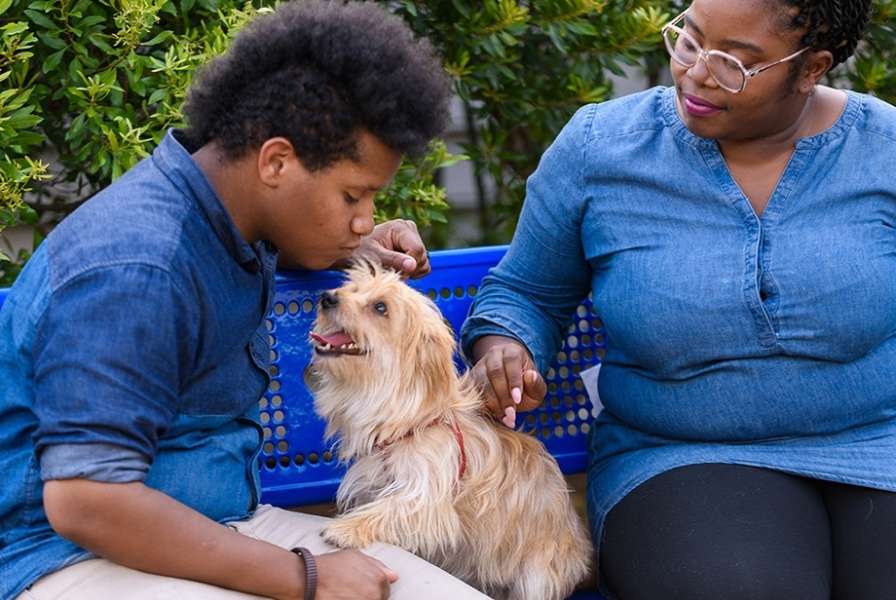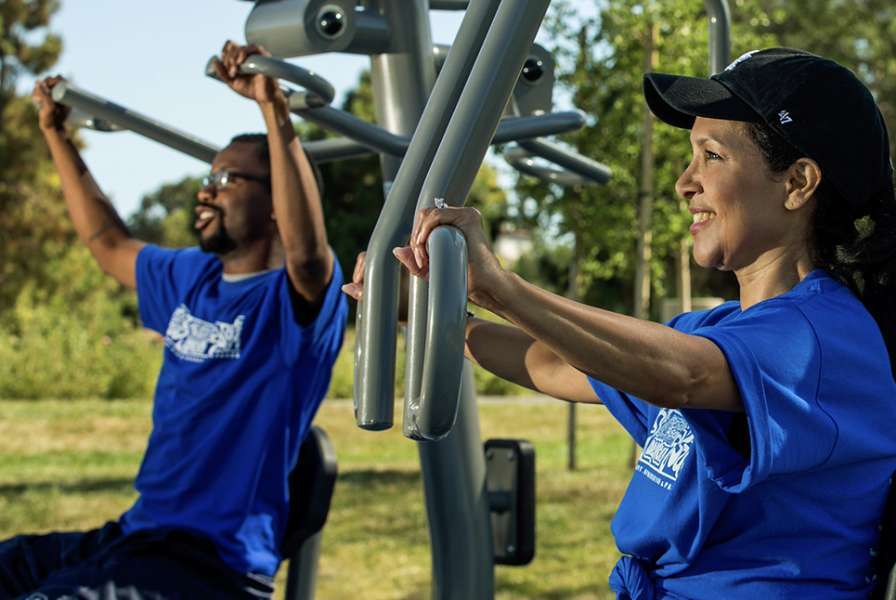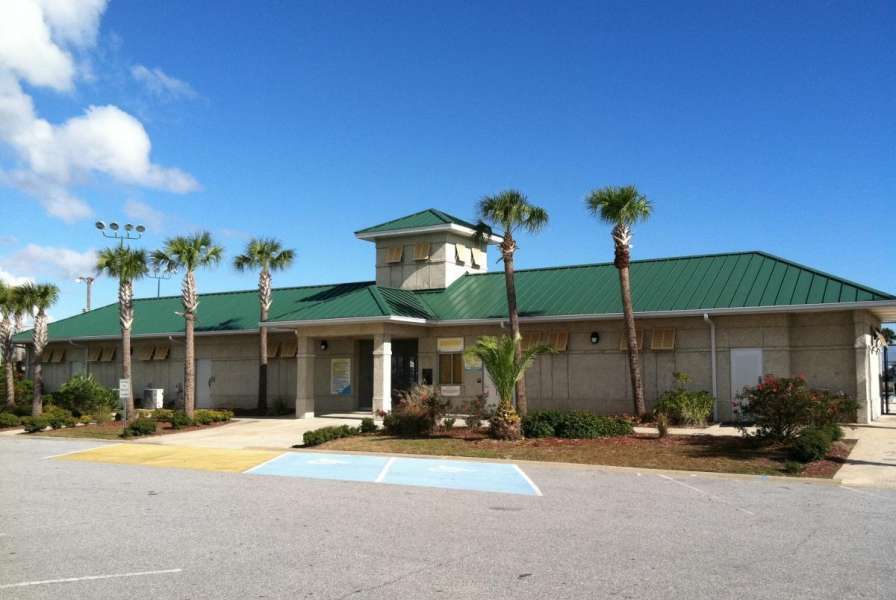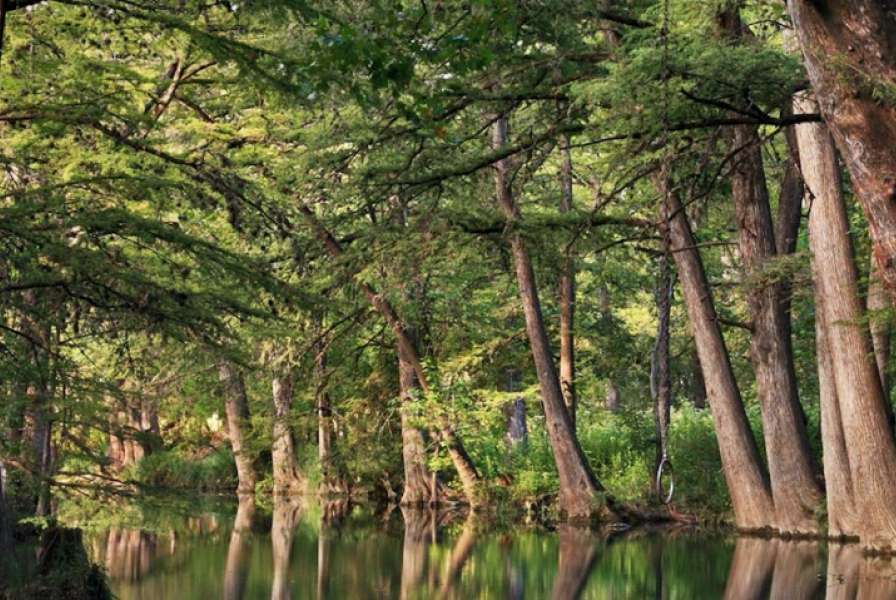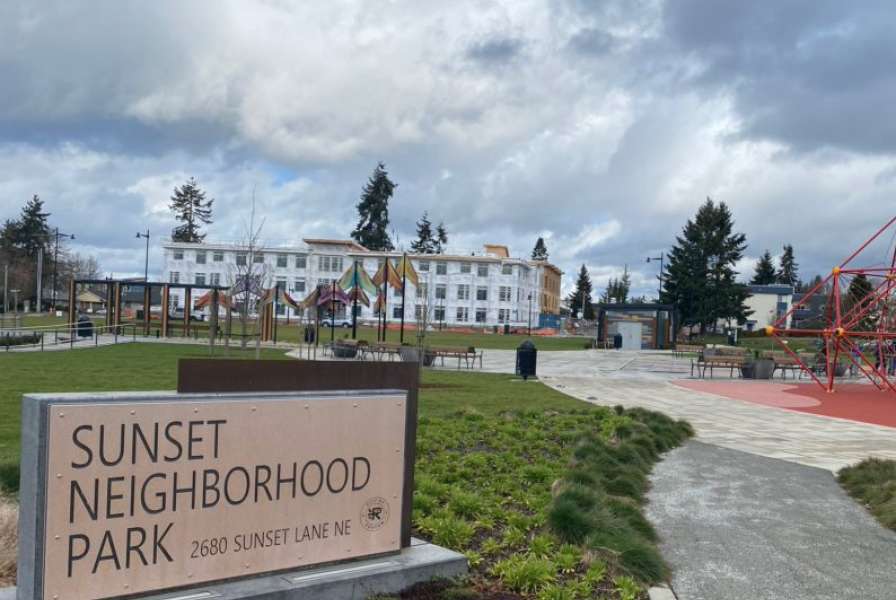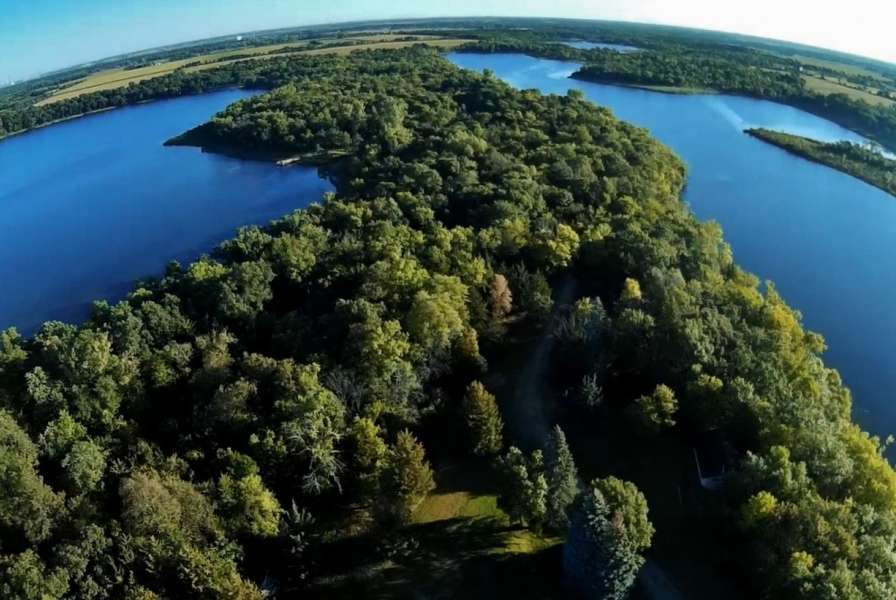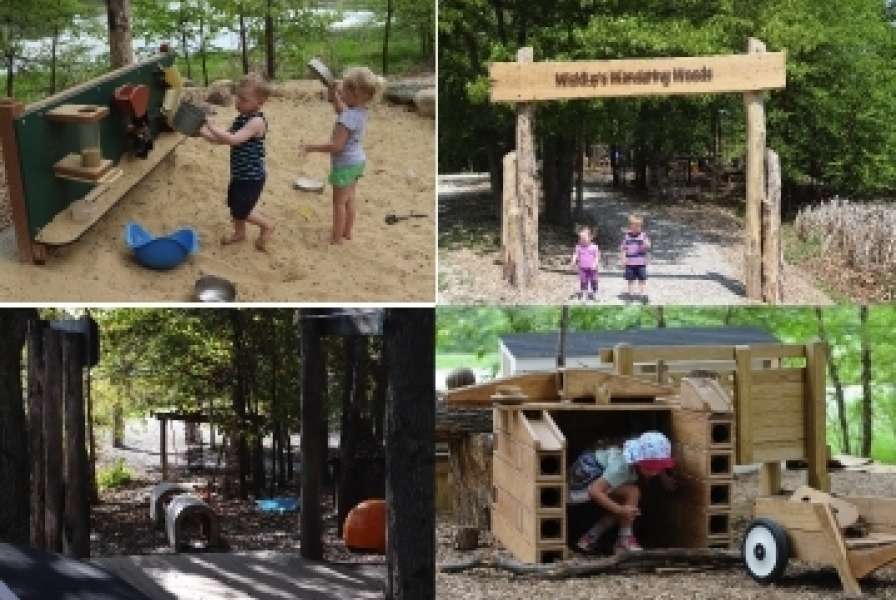The first step for potential community applicants is to contact your State office to find out about local deadlines, state priorities and selection criteria, and what documentation is required to justify a grant award. Each State has its own priorities and selection criteria and will decide which projects are eligible to receive LWCF grants. LWCF is different from many grants, in that your state is the eligible applicant, and local communities are sub applicants/recipients. The burden of process falls on your state, so its the best place to begin your LWCF funding journey. To find a list of state agencies to contact for application info, go to the NPS list of State contacts at https://www.nps.gov/subjects/lwcf/contact-list.htm
(Note: this list is slightly outdated, we are currently working on an updated link, so check back!)
To be eligible for LWCF grants at the local level, every State must prepare and regularly update a Statewide Comprehensive Outdoor Recreation Plan (SCORP). The SCORP identifies key priorities/goals for improvements and outlines an implementation program to meet the goals identified by its citizens and elected leaders. The State has their SCORP approved by the appropriate department within the National Park Service. All LWCF grant applications must align to the priorities listed in the respective state SCORP. Planning grants are also available to the States through the LWCF State Assistance Program to assist in the development of their Statewide Comprehensive Outdoor Recreation Plans (SCORP). (These funds only apply to states, local parks can’t apply for them to assist in master planning, etc.)
It’s also important to know that each State also develops an Open Project Selection Process (OPSP) to make the connection between the SCORP and concrete project proposals. The OPSP contains:
- a set of project-ranking selection criteria that allow scoring of each project proposal according to how well it meets the needs and priorities published in the State recreation plan; and,
- a process (usually scheduled annually) to ensure that all eligible applicants can be notified of funding availability, application deadlines and selection criteria when a new project selection cycle starts.
What state programs apply to my local park?
The LWCF State Assistance Program, administered through the National Park Service, provides matching grants to States, and through the States to local and tribal governments, for the acquisition and development of public outdoor recreation areas/facilities. LWCF funds are allocated to each state annually by a population-based formula, and then granted out via a competitive process. Again, the first step for potential applicants is to contact your State office for information on application deadlines, priorities and selection criteria, and the grant award process. Several areas of funding are available, providing they align to the State SCORP. Acquisition of park and recreation lands
- Development of new recreation facilities / initial park development
- Redevelopment and replacement of older recreation facilities, including making the space more accessible to people with disabilities.
The Outdoor Recreation Legacy Partnership Program targets communities which are underresourced and is a complementary grant program to the State and Local Assistance formula grants program. Project proposals should target low to moderate income neighborhoods. To be eligible, a jurisdiction must have a population of at least 50,000 people and be located within a Census-designated Urbanized Area. The pre-applications will be submitted through the State lead agencies for LWCF.
What Happens after I apply?
In most years, States receive individual allocations (apportionments) of LWCF grant funds based on a national formula (with state population being the most influential factor). Then States initiate a statewide competition for the amount available (including the new year allocation, any previous year allocations, and any amounts `recovered' due to cost underruns on earlier projects funded). Applications are received by a State up to its specified deadline date. Then they are scored and ranked according to the project selection criteria so that the top-ranked projects (up to the total amount available that year) are chosen.
Selected project applications are forwarded to NPS for final approval to receive federal grant dollars. The project selection process is typically determined by how well the proposed project meets each state’s specific plans, priorities and criteria outlined in the SCORP.
The LWCF is a reimbursement program, so the project sponsor does not receive the grant funds once the application has been approved, but is reimbursed up to 50% of the actual costs of the project. The sponsor must have the local matching 50% of the project costs available when the application is submitted. In order to receive the money reserved for the project, a reimbursement request must be submitted to your state grant coordinator


